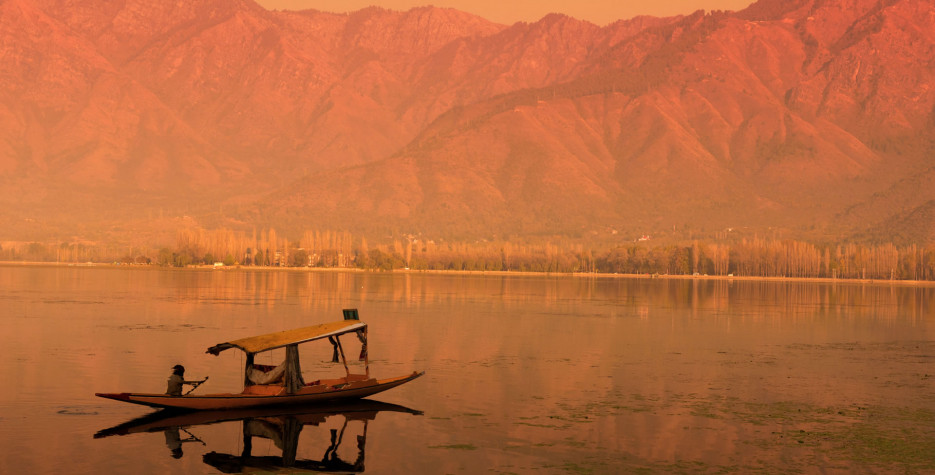When is Accession Day?
J&K Accession Day is a regional public holiday in the Indian union territory of Jammu and Kashmir observed on October 26th.
History of Accession Day
This holiday commemorates October 26th 1947 when Maharaja Hari Singh signed the Instrument of Accession which was duly accepted and signed a day later by Lord Mountbatten, the then Governor-General of India. This completed the process of accession under the India Independence Act of 1947.
The Indian Independence Act divided British India into India and Pakistan and 580 princely states had their sovereignty restored to them. The princely states were then given the option to remain independent or to join the Dominion of India or Pakistan.
The Maharaja was a Hindu but the majority of his subjects were Muslims. He wanted to remain independent because he did not want to lose his monarchical power. After tribesmen and army men from Pakistan invaded the princely state, the Maharaja sought India’s help. New Delhi was willing to help him on the condition of the accession of the state to the Dominion of India.
In late 2019, the Lieutenant-Governor of the union territory of Jammu and Kashmir, Garish Chander Murmu and his two advisors declared 26th October a gazetted holiday in the union territory.
At the same time as announcing this new holiday, Jammu and Kashmir dropped Martyr’s Day (commemorating the deaths of the 22 people who lost their lives when the Maharaja’s forces opened fire on them) and the birth anniversary of Sheikh Abdullah, former prime minister and chief minister of the union territory.
The festivities of the day are patriotic in nature and include the bursting of firecrackers, holding rallies, singing India's national anthem, and raising the flag of India. In some parts of the state, the festivities rival those of the Hindu festival of Diwali.
About Jammu and Kashmir
Here are some facts about the union territory on J&K Accession Day
- Maharaja Hari Singh was the last monarch to govern the union-territory of Jammu and Kashmir.
- India’s first prime minister, Pandit Jawaharlal Nehru, was born into a Kashmiri Pandit family and traces his roots back to the community.
- The word ‘Kashmiriyat’ is used to describe the culture of the valley. The name is often used to denote the communal harmony between the different religions, patriotism, and pride for the mountains borne by the residents.
- The Jawala Mukhi or the Jawalaji Temple in Khrew, Pulwama, hosts an annual fair called the ‘Jwalamukhi Mela’ which is celebrated by both Hindus and Muslims.
- Pampore in the Pulwama district of Kashmir is known as the ‘Saffron Town’ due to its cultivation of the world’s most expensive spice, Saffron.
- Pir Panjal Railway Tunnel or Qazigund railway tunnel is India’s longest railway tunnel with a length of 11.215 Kilometres.
- People across Jammu and Kashmir converse in a number of different languages, the primary among them being Kashmiri, Urdu, Dogri, Pahari, Balti, Ladakhi, Gojri, Shina and Pashto.
- Hangul or the Kashmiri Stag is the state animal of Jammu and Kashmir.
- The traditional attire for both males and females in Jammu and Kashmir is the ‘Pheran’ or ‘phiran’. This traditional attire usually consists of two gowns, one over the other, which extend to the feet.


